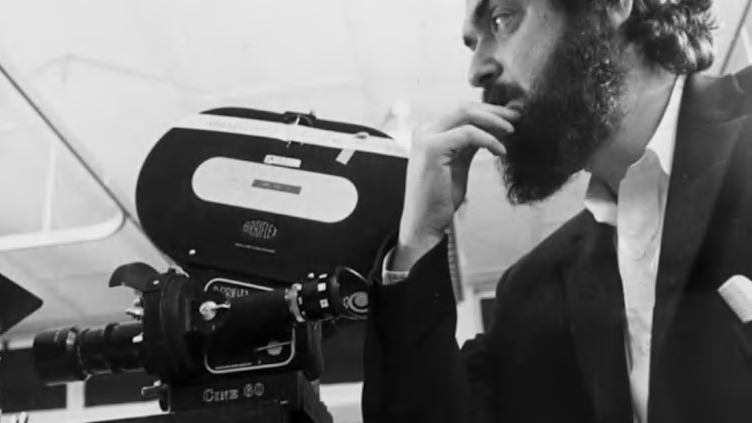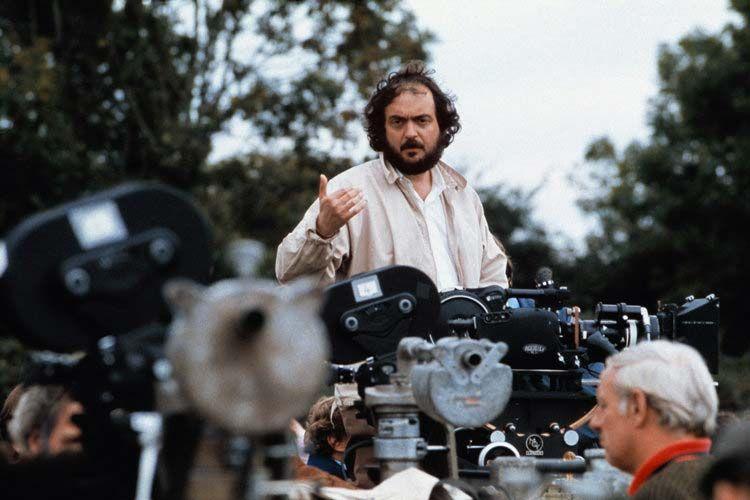Stanley Kubrick, an enigmatic figure in the realm of cinema, remains a towering influence on modern filmmakers decades after his last film was released. Renowned for his meticulous attention to detail, innovative storytelling, and mastery of visual composition, Kubrick’s work has left an indelible mark on the art of filmmaking. This article delves into the profound impact that Kubrick’s oeuvre has had on contemporary directors, examining how his unique approach to narrative structure, thematic exploration, and technical precision continues to shape and inspire the cinematic landscape. By analyzing specific elements of his filmography and their echoes in modern cinema, we aim to unravel the threads of Kubrick’s enduring legacy and understand how his visionary artistry persists in influencing the craft and creativity of today’s filmmakers.
Kubricks Visual Storytelling Techniques and Their Legacy
Stanley Kubrick’s mastery of visual storytelling has left an indelible mark on modern cinema, influencing a plethora of contemporary directors. His ability to convey narrative through meticulous composition, camera movement, and lighting remains unparalleled. Kubrick’s use of symmetrical framing, for instance, not only creates a sense of balance and order but also evokes a haunting, sometimes unsettling atmosphere. This technique has been adopted by directors like Wes Anderson and David Fincher, who utilize symmetry to draw viewers into their meticulously crafted worlds.
Another hallmark of Kubrick’s visual style is his innovative use of color and lighting to convey mood and thematic depth. In films like “A Clockwork Orange” and “2001: A Space Odyssey,” Kubrick’s deliberate choice of color palettes enhances emotional resonance and narrative meaning. Modern directors, such as Christopher Nolan and Denis Villeneuve, have embraced this approach, crafting visually stunning films that use color and light to accentuate their storytelling. Kubrick’s legacy in visual storytelling continues to thrive, with directors across genres drawing inspiration from his groundbreaking techniques to create films that are as visually compelling as they are narratively rich.
- Symmetrical Framing: Enhances balance and evokes atmosphere.
- Innovative Color Use: Enhances emotional resonance.
- Lighting Techniques: Accentuates storytelling.

Narrative Innovation: How Kubrick Reshaped Film Structure
Stanley Kubrick’s innovative approach to narrative structure has left an indelible mark on modern cinema, challenging traditional storytelling methods and inspiring a generation of directors to rethink how stories are told. Kubrick’s films often defy linear progression, opting instead for a more fragmented or cyclical structure that invites audiences to engage with the material on a deeper level. This method is evident in works like 2001: A Space Odyssey, where the narrative is divided into distinct segments, each exploring different themes and time periods, creating a tapestry of existential reflection.
- Non-linear Storytelling: Kubrick’s penchant for non-linear narratives has encouraged directors to explore storytelling that doesn’t adhere to chronological order, allowing for complex character development and thematic exploration.
- Symbolic Imagery: By infusing his films with rich, symbolic imagery, Kubrick has shown that visuals can carry narrative weight, encouraging directors to use imagery to convey deeper meanings beyond dialogue and action.
- Ambiguity and Interpretation: Kubrick’s willingness to embrace ambiguity, leaving certain plot elements open to interpretation, has inspired filmmakers to create narratives that challenge audiences to find their own meanings.
Modern directors, such as Christopher Nolan and David Lynch, have adopted and expanded upon these narrative techniques, crafting films that are both intellectually stimulating and emotionally resonant. By breaking away from conventional storytelling, Kubrick has empowered filmmakers to craft narratives that reflect the complexity and unpredictability of the human experience.
The Role of Music in Kubricks Films and Its Impact on Modern Cinema
Stanley Kubrick’s films are renowned for their meticulous attention to detail, and one of the most striking elements is his use of music. His films often employ classical compositions, which not only enhance the narrative but also transform the viewer’s experience, leaving a lasting impact on modern cinema. Kubrick’s approach to music can be seen as revolutionary; he selected pieces that were not merely background accompaniments but integral parts of the storytelling process. For instance, the haunting use of Johann Strauss II’s “The Blue Danube” in 2001: A Space Odyssey creates a juxtaposition of elegance against the vastness of space, establishing a mood that transcends the visual spectacle.
Modern directors have adopted and adapted Kubrick’s approach, leading to a resurgence in the use of classical music within film. Key influences can be observed in the works of directors such as:
- Christopher Nolan – Known for his intricate soundscapes that echo Kubrick’s ability to weave music seamlessly into the narrative.
- Quentin Tarantino – His eclectic soundtracks and iconic music moments draw inspiration from Kubrick’s bold choices.
- Paul Thomas Anderson – His films often feature classical scores that complement and enhance the emotional depth, reminiscent of Kubrick’s style.
By prioritizing music as a crucial storytelling device, Kubrick has indelibly influenced the cinematic landscape, inspiring directors to explore new auditory dimensions and enrich their visual narratives.

Adapting Kubricks Precision: Lessons for Contemporary Filmmakers
Stanley Kubrick’s meticulous attention to detail has become a benchmark for many contemporary filmmakers striving for excellence. His ability to create immersive worlds through a blend of visual precision and narrative depth is a lesson in itself. Kubrick’s methodical approach involved exhaustive research and planning, which allowed him to construct films that were not only visually stunning but also intellectually engaging. Modern directors can learn from his commitment to understanding every aspect of a story, from its historical context to the smallest set details, ensuring that each element contributes to the overall narrative.
Key lessons for today’s filmmakers from Kubrick’s precision include:
- Research and Development: Dive deep into the subject matter to create a believable and rich narrative environment.
- Visual Storytelling: Use cinematography as a tool to enhance storytelling, not just as a visual spectacle.
- Attention to Detail: Ensure every frame contributes meaningfully to the story, reinforcing themes and emotions.
- Technical Mastery: Embrace technology and innovate to push the boundaries of what can be achieved on screen.
By incorporating these elements into their creative processes, contemporary filmmakers can aspire to achieve the same level of craftsmanship and lasting impact that Kubrick has left on the cinematic world.
